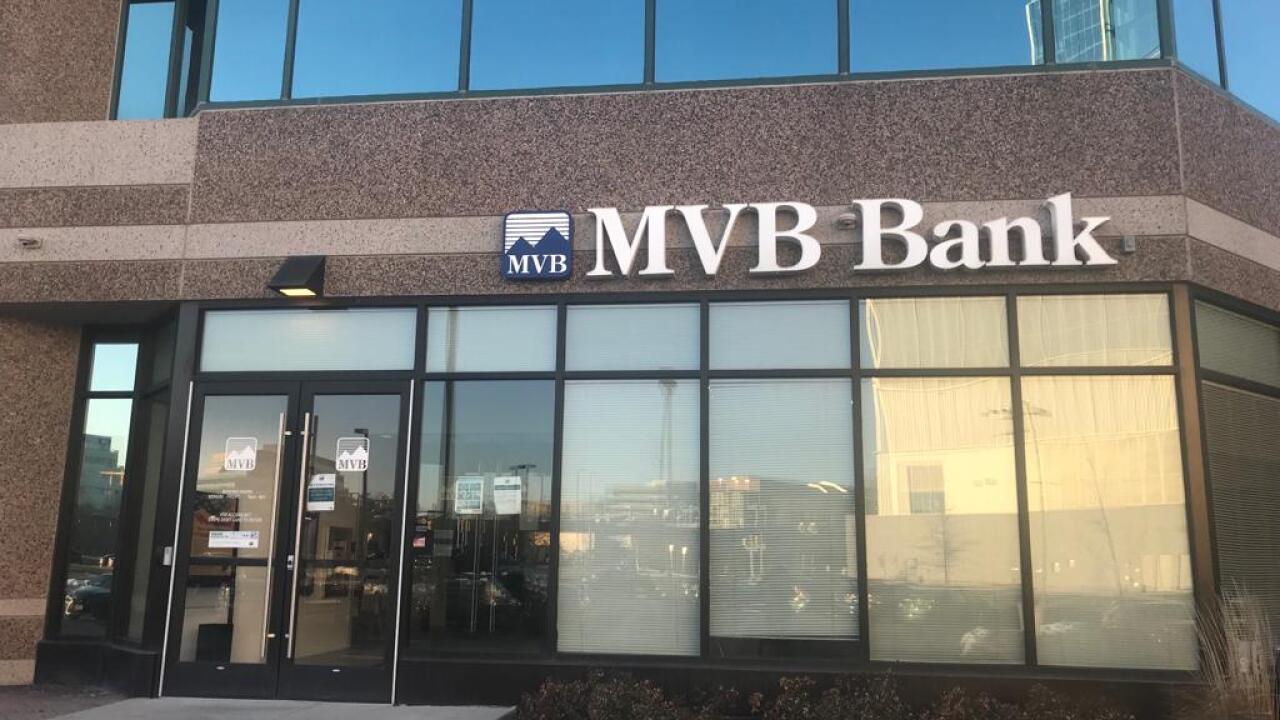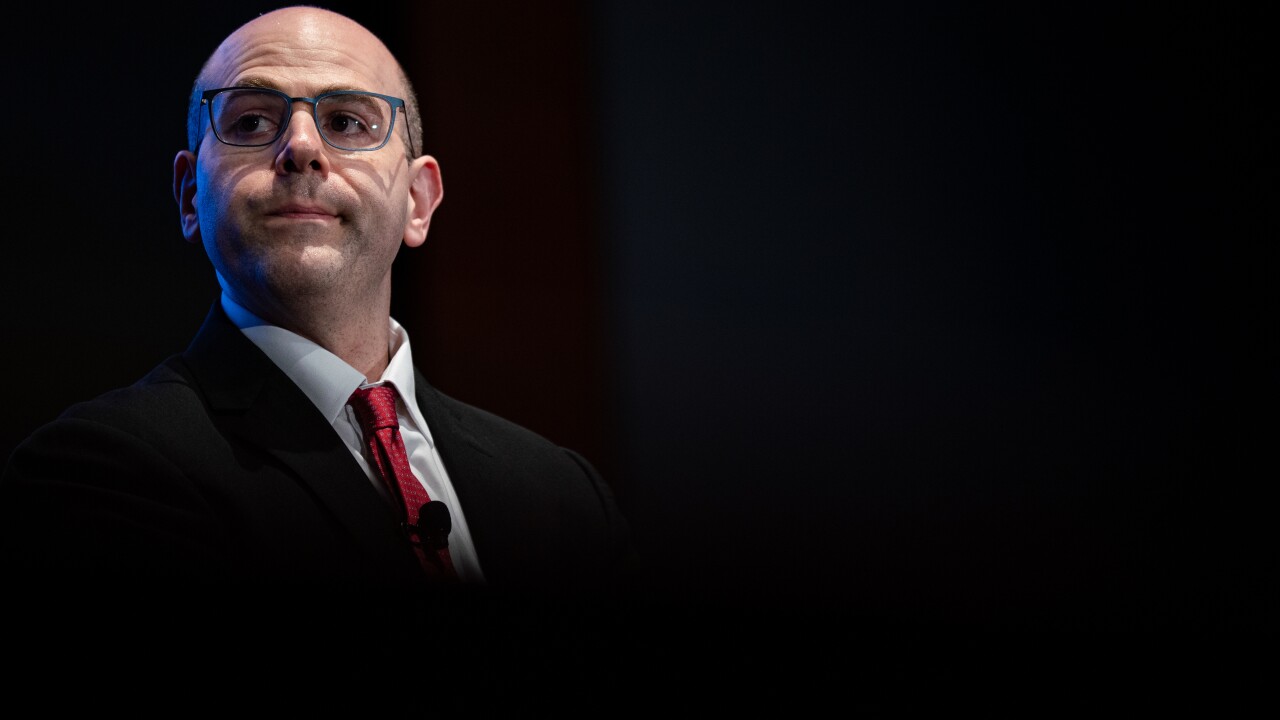What makes
Suppressing cash is simply the first step. Through the Astor Place location's use of kiosks and a text messaging system that replaces the pagers it uses at other locations to let patrons know an order is ready, Shake Shack can greatly deepen its relationship with each customer while also slashing its own operational costs.
The typical Shake Shack ordering process involves standing in one of two lines to order (one for food and drink, and a faster line for only drinks), paying a cashier, then waiting again for the pager to buzz when the order is ready. The system results in such long lines that Shake Shack provides a "
Almost all of this process is removed in the company's new model, which relies on kiosks or a mobile device and — crucially — collects the customer's phone number as part of the ordering process so that it can send a text alert when the food is ready.

"Beyond eliminating cash it's about eliminating the point of sale. That's a game changer," said Richard Crone, a payments consultant and researcher.
It's clear that this purely digital system opens new possibilities that might have been just out of reach in a system that still allows cash.
Shake Shack already has an order-ahead app, which should of course be compatible with the new location. The app lets users select a location and pickup time, and remembers customers by either creating a Shake Shack account or asking them to link a Facebook or Google account. In this model, the app handles the payment and also doubles as the buzzer — but one look at the Shack Cam is enough to show that many customers still pay the old fashioned way.
So what can be done about the customers who won't pay through the app, but who Shake Shack still wants to remember? Though the Payment Card Industry data security standards limit what companies can do with the card data they collect, there are some examples already of how much can be done when customers pay by card.
Square is a prime example. The company can identify consumers by their card, regardless of which merchant they shop at, sends a digital receipt to the email address it already has on file. In 2014, Square introduced interactive receipts under a service called Square Feedback, which allows merchants to request feedback on the sale and thus develop a relationship with the customer.
Whether Shake Shack is planning something similar is unclear. The company did not return a request for comment by deadline, and the company has shared
If Shake Shack brings its new model to other stores, it can blur the line between order-ahead payments and in-person payments.
"Registering a payment option in the order ahead function is just as much about knowing the customer and CRM as it is about payment," said Crone, who estimates order-ahead and mobile payment apps can increase same store capacity by 40%.
It is probably too early for broad deployment of cashless stores, given the how limited the use of cashless vending machines is today, said Rick Oglesby, president of AZ Payments Group.
"That being said, it’s not too early to test the concept," he said. "Consumer preferences are more likely to support this concept in certain geographic areas, of which NYC is one."
"This concept is a very different shopping experience from start to finish, one that makes cash irrelevant."
"Cashless" also isn’t the best way to describe this experiment, Oglesby said. "Cashless implies the removal of cash as a payment option, and nothing more. This concept is a very different shopping experience from start to finish, one that makes cash irrelevant. We’ll see a lot more of these concept stores being tested to evaluate consumer preferences, find the right models, and then work out the kinks."
There are many projects underway that attempt to create an alternative to counter ordering and payment in different industries.
Beyond the CRM benefits, Shake Shack will no longer have to maintain a supply of pagers to alert customers of their order. These devices are a pure cost with little benefit to the restaurant, Crone said. "These devices don't tell the retailer anything about the consumer," he said.
Thus, the full benefits of a cashless system may be unique to Shake Shack's own business model and pain points. There aren't many U.S. merchants that would be interested in going cashless given the relatively high costs associated with card acceptance, argues Mark Horwedel, CEO of the Merchant Advisory Group.
"Eliminating cash would likely increase the cost of payment acceptance at most U.S. merchants," Horwedel said. "Many merchants insist that accepting cash is less expensive than accepting credit cards especially if all costs are considered."
The loss of anonymity may turn off some consumers, according to Horwedel. "This is a very important consideration for some and may become much more significant in the future as people start to understand their payment data is being analyzed and sometimes monetized by parties other than the merchant at which they made a payment."





